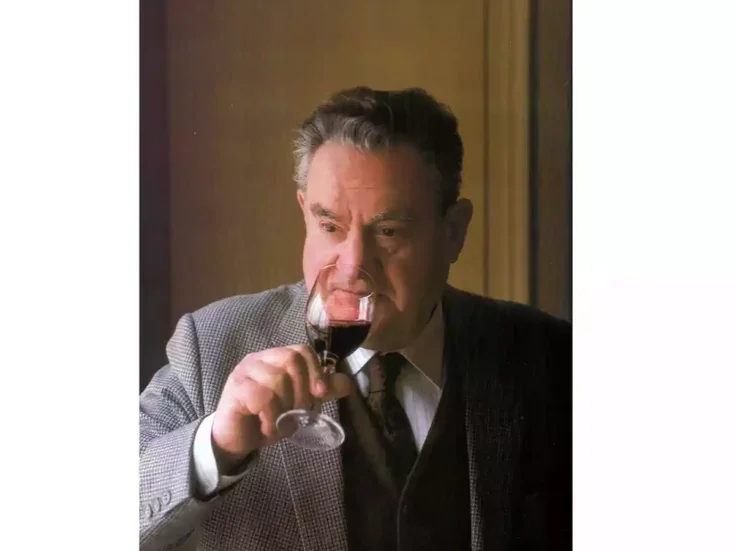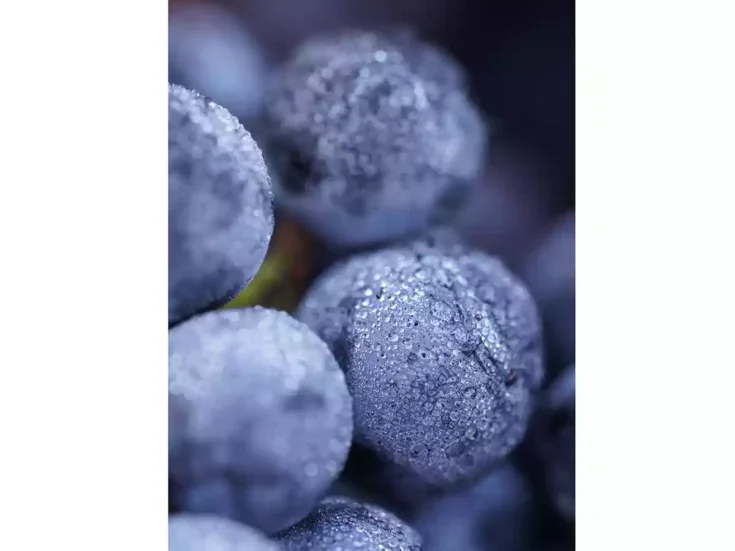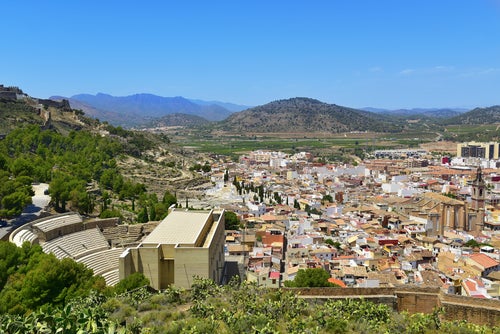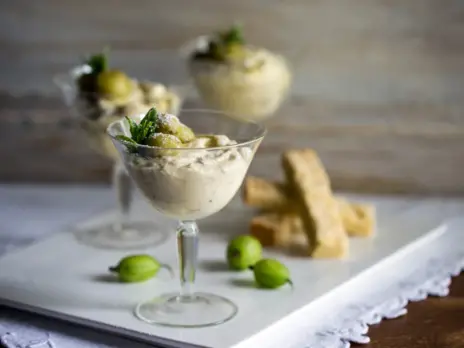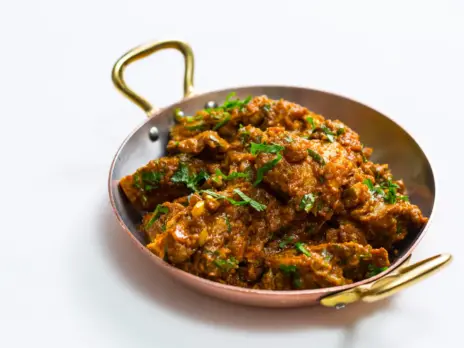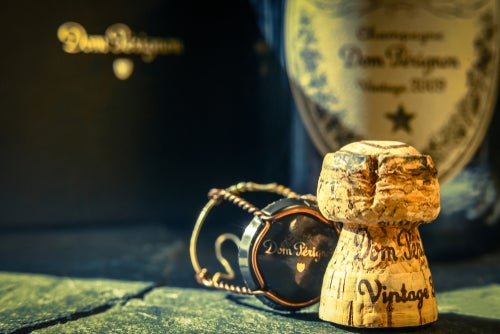
Tom Stevenson on the evolution of Dom Pérignon through successive chefs de caves.
Kornél Farkas has been asking me questions about Champagne since he was 15 years old. When he turned 14, he realized that he was born in a Champagne vintage (2008). This triggered his passion for fizz, and over the following 12 months he tasted more than 200 wines (all under legal circumstances, I hope!). He moved beyond a basic understanding of the traditional method to studying small details, asking me about MLF, the use of reserve wine, oak barrels for fermentation and aging, the effects of aldehydes, dosage, jetting, and Maillard reactions.
He has reached the ripe old age of 17 now and wants to know whether Dom Pérignon has changed style. He tells me that some of his acquaintances have noticed a shift away from Dom Pérignon’s classic aromatic profile to something more flowery and “feminine” in the 2013 and 2015. Confessing that he has yet to taste these vintages, he asked my opinion.
Since its first vintage, Dom Pérignon has had seven chefs de caves: Ernest Goubault (1921–36), Charles Goubault (1936–44), André Tournier (1944–49), René Philipponnat (1949–76), Dominique Foulon (1976–90), Richard Geoffroy (1990–2018), and Vincent Chaperon (2019 to now).
A precursor to Dom Pérignon appeared in 1935 as a one-off gift of no particular style or, indeed, name. It was presented in the same replica 18th-century bottle we know today and bore its equally recognizable shield-shaped label with vine shoots and grape bunches lining the sides. The vintage was 1926, but it had no name as such, just “Champagne specially shipped for Simon Brothers & Co’s Centenary 1835–1935.”
Simon Brothers were Moët & Chandon’s London agent, and a hamper containing two bottles of this special Champagne was sent to 150 of its best customers. When Moët’s American customers heard about this, they wanted some, too, and Moët duly obliged the following year, when 200 cases of an older and much greater vintage, 1921, were shipped to New York. These bottles, however, carried the Dom Pérignon brand, thus Dom Pérignon was officially launched in the USA in 1936.
We know that at least the first three vintages of Dom Pérignon were transvasaged (see “Dom Pérignon Oenothèque 1966–96, WFW 40, pp.50–55), and this practice probably continued through World War II, leaving little to be gleaned about stylistic intent of this first and most famous of all deluxe cuvées until the economic recovery beginning in the late 1940s.
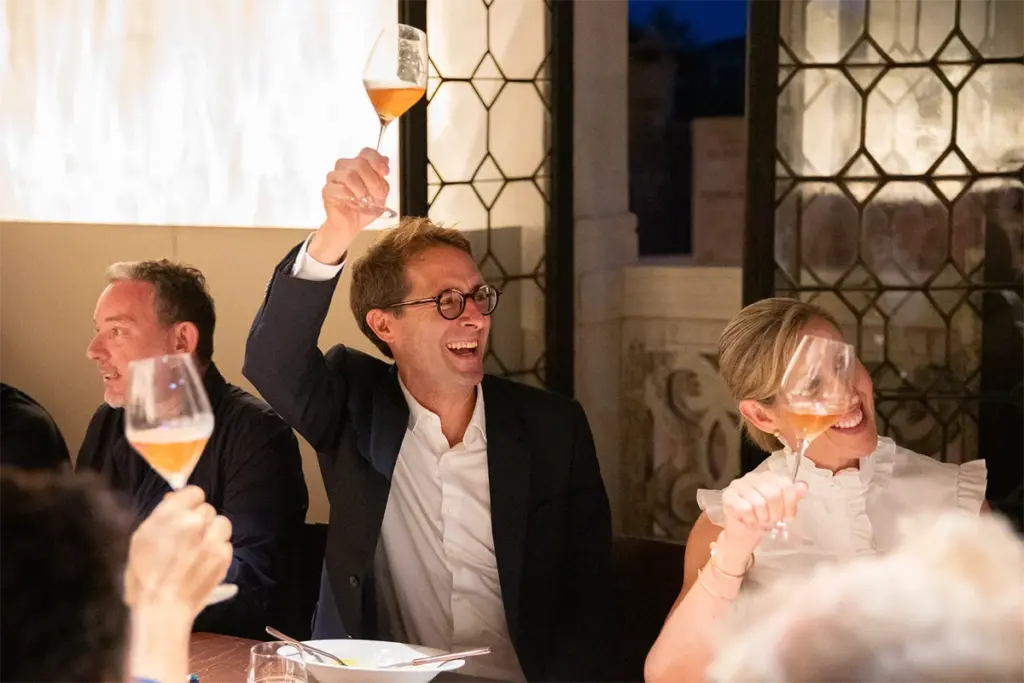
The four pillars
For all intents and purposes, the foundation, philosophy, and style of Cuvée Dom Pérignon as we know it today has been built by four people: René Philipponnat, Dominique Foulon, Richard Geoffroy, and currently Vincent Chaperon.
Philipponnat was the first chef de cave to put his mark on Dom Pérignon and this effectively made him the architect of this great Champagne. Almost all of the vintages he produced were outstanding, with 1952, 1953, 1955, 1961, 1962, 1964, and 1966 the best of his best. He had to deploy and adapt to more technological changes than any of his predecessors or successors. No sooner had Philipponnat finished moving most of Moët’s production from wooden barrels to concrete vats than he had to begin introducing stainless steel, increasing the size of the vats as he went. He was the first to install temperature control and to pioneer MLF (tipped off by Émile Peynaud, who was consulting for Mercier in the 1950s). All of these changes had their effect on the way Dom Pérignon was produced, though it was more a matter of how to replicate a style than create a new one.
Dom Pérignon’s style emerged only when Philipponnat laid down the four pillars of its construction: vintage, origin, varietal profile, and extended yeast-aging. He started building a core terroir of the ripest lieux-dits in nine crus (eight grands crus, Aÿ, Bouzy, Verzenay, Mailly, Chouilly, Cramant, Avize, and Le Mesnil, plus Hautvillers, which is only a premier cru, but these specific plots are quite exceptional and, of course, historical). This increased the ripeness of the wine, giving Dom Pérignon’s characteristic richness and mouthfeel that we recognize to this day. Perhaps the best-known characteristic of Dom Pérignon is its 50/50 Chardonnay and Pinot Noir profile. This has never been a matter of exact proportions, but a seamless balance where one variety melts into the other. It could be 40/60 or 60/40 depending on the year and the relative dominance of one variety over the other. The difficulty with such an ideal, of course, is when should the desired harmonious result be achieved: when it is first released, or after several years further cellaring, which so many collectors like to give Dom Pérignon? Not an easy one, but Philipponnat was not trying to make things easy; he was laying down the foundations of the world’s first iconic Champagne.
Foulon produced some nice Dom Pérignon in his time, but only 1975, 1982, 1985, and eventually 1988 in magnum ever came close to the best Dom Pérignon vintages ever produced. His decision to produce the 1980 should never have been contemplated (or it should have undergone a far stricter selection), while the absence of any release for 1979, one the most classic vintages of its era, has always been puzzling. Foulon’s greatest wine and one of the greatest Champagnes ever produced in any house was not a Dom Pérignon but the death-defying Esprit du Siècle, which consisted of 11 vintages spanning 95 years. Even the base wine was 15 years old! Despite this astonishing accomplishment, I found Foulon to be more of a technician than a winemaker. You never saw him in jeans roughing it on the cellar floor like Benoît Gouez, for example.
Not much was done to fine-tune Dom Pérignon under Foulon, so I was glad when his boss, Philippe Coulon (head of enology and research), appointed Richard Geoffroy as the first ever dedicated chef de cave for Dom Pérignon in 1990.
The two chefs de caves who have made the most significant changes to Dom Pérignon’s production are Philipponnat and Geoffroy; not surprising really, when they both had considerably longer at the helm than anyone else, lasting 27 and 28 years respectively. If Philipponnat was the architect, Geoffroy was the radical, but his actions were never about change; they were always about advancing, improving, and assuring consistency. His radical trait was that he relished going against tradition when he believed that tradition was wrong. But he had his regrets, too. His most famous regret was not waiting longer to harvest the 1996, and it wasn’t long before everyone heard his “pushing the envelope” mantra when it concerns harvesting and ripeness. Frankly, I’m not sure he could have produced a greater 1996 by harvesting it any later: It was (and still is) one of the very best Dom Pérignons ever produced. Philipponnat might have instigated the strategy of harvesting riper grapes for Dom Pérignon, but Geoffroy took it to another level.
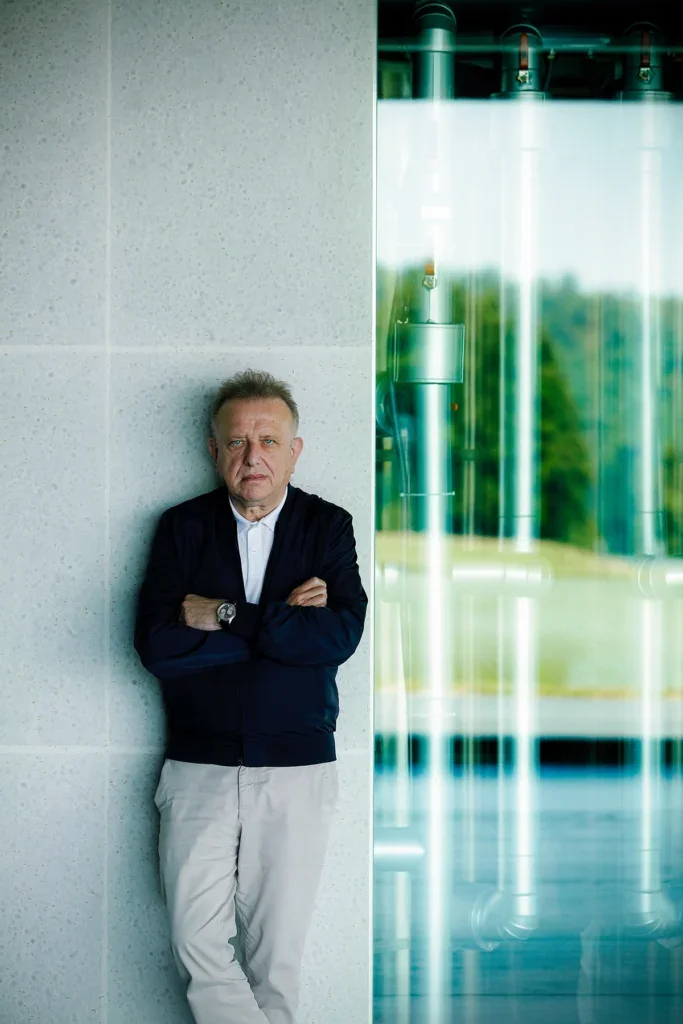
Dom Pérignon grew in volume, stature, and price under Geoffroy. After the acquisition of Lanson in 1990, the brand was sold on, but Geoffroy had his choice of the best lieux-dits in the 200ha (500 acres) of prime vineyards that were retained. He became more deeply interested in the vineyards than any Dom Pérignon chef de cave before, ring-fencing an expanding core terroir to meet the increasing demand. He took the Dom Pérignon vintage release on a roadshow to major markets, infusing the brand with history and mystery. His greatest Dom Pérignons speak for themselves. All of his vintages were and still are among the most outstanding Champagnes of his era, but his crème de la crème include 1990, 1995, 1996, 1998, 2002, 2004, 2008, and (perhaps the greatest of all Geoffroy’s Dom Pérignons) 2012.
In 2018, Vincent Chaperon took over from Geoffroy after working at his side for more than 13 years. If Geoffroy was the radical, Chaperon is a much quieter, more aesthetic chef de cave. I believe the mark he will leave on Dom Pérignon will lean more to elegance and finesse, though we will not see his first vintage until the 2018 is released. He could make his name doing just one small thing: replacing the foil. I have never met any serious Dom Pérignon collector who does not swear and cuss every time they open a bottle because the foil is so fiddly and difficult to remove. Make instant friends with all your best customers, Vincent, and change the foil!
Summarizing the changes in Dom Pérignon
1950s Introduction of temperature control and MLF throughout Moët including Dom Pérignon. Philipponnat lays down the four pillars of Dom Pérignon’s construction (vintage, origin, varietal profile, and extended yeast-aging).
1964 Last vintage of Dom Pérignon fermented or aged in oak barrels or vats.
Late 1990s Move from TCA-prone cork to the least permeable synthetic inlay for stainless-steel crown cap.
2000 Oenothèque range launched for small releases of older vintages going back to 1959. Bottles reserved for all future Oenothèque releases sealed with corks for the second fermentation, while the bulk of the production destined for original vintage release remained under crown cap.
2000s Oxygen management is first introduced in the winery (2000) for fermentation and tirage, then the press-house (2003) during pressing and débourbage, and yeast preparation (2005) and tirage.
2004 Development of new red wines elaboration for DPR by adapting and changing vines, vine growing, picking strategy, and winemaking. Ring-fencing red-wine terroirs in Hautvillers, Aÿ, and Bouzy.
2005 The start of regenerative viticulture (no herbicides, maintaining cover crops); development of agroforestry and soil management (microbiology, compaction avoidance, redoximorphic features, biocontrols).
2006 Creation of new red-wine fermentation facilities.
2012 Richard Geoffroy releases his manifesto, which commits to Philipponnat’s four pillars of construction, defines Dom Pérignon’s reductive style, and states, “Oxidation is our sworn enemy.” Real-time monitoring of the first fermentation commences via CO2 captors in each vat. Maturation of the second-fermentation yeast prior to use begins, increasing to more than one year for the original release, and four to five years for Oenothèque. Post-disgorgement aging prior to shipment is increased to one year.
2014 The Oenothèque range officially rebranded as P2 and P3.
2018 P2 and P3 corks for second fermentation move to supposedly TCA-free ND-tech corks.
There have been other slowly unfolding changes, such as the dosage, which was 8g/l 20 years ago but is just 3–4g/l these days. And thanks to the efforts started 20 years ago, the amount of red wine added to the rosé has dropped from 25% to 12%, as the red wines are deeper in color, richer but softer.
What does this tell us? P2 & P3 are not quite the same as the Dom Pérignon vintage when first released (the second fermentation is under cork, not crown cap, and the yeast used for that second fermentation is aged longer, thus different). Does it indicate any change of style could have been in the pipeline for 2013 and 2015? Not at all. When released, the 2013 was fresh, vibrant, and vital, with fruit to the foreground; tasted today, however, it has quickly evolved into a typically mature yet fresh Dom Pérignon, with intense yeast-complexed fruit that has a sensual texture and is very inviting. The 2015 is the current vintage and is as fresh as would be expected, with elegant fruit in the foreground—like the 2013 when first released but of a completely different character, more orchard fruits, and way above the class one might expect for this vintage. (But then, so was the 2010, and look how amazing that has turned out.) Maybe it’s the longer post-disgorgement aging that Dom Pérignon now gets that gives both the 2013 and 2015 fruit of such finesse when first launched, but that is not a change in style; it’s simply a matter of achieving a finer balance earlier—and they will both develop like true Dom Pérignons.

